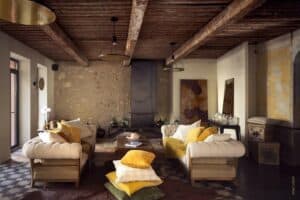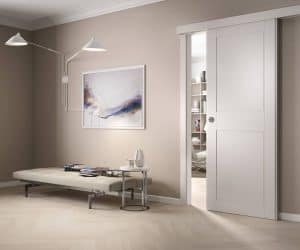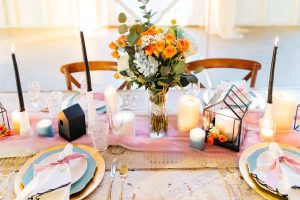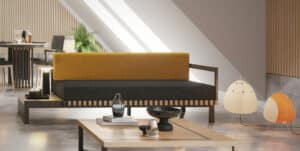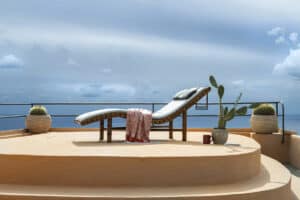Among the different styles we can choose, to give personality to our home, is provencal decorating style. This is one of the most popular and popular solutions in recent times and is being favoured by an increasing number of enthusiasts. Its success is certainly also due to a style that can be perfectly integrated into any environment, especially in modern contexts.
As in all furniture lines, what makes Provençal stand out are the materials, design, decorations and colours.
In this article we will look in detail at what provence style is and how to recognise it. We will also talk about the differences between provence style and shabby chic and give some tips on how to decor your home in perfect Provençal style.

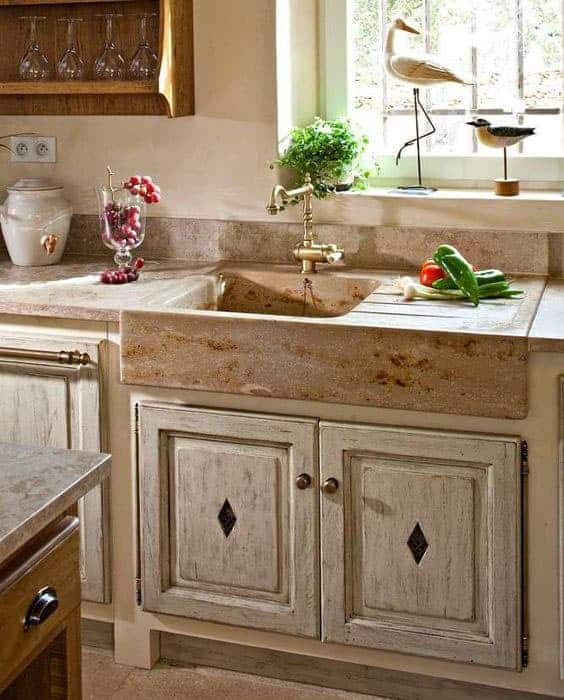

What is Provence style and what distinguishes it
Let us first define what the meaning of provence style is.
The name comes from Provence, an ancient province in the south of France, roughly corresponding to today’s Provence-Alpes-Côte d’Azur region. The area is known for its lavender cultivation and perfume production, as well as for its mild climate and cuisine that is very close to Mediterranean.
The colors and brightness of Provence’s landscapes inspired artists such as Monet, Renoir, and Degas, who were able to reproduce them in their Impressionist works in exemplary fashion.
The provence home decor starts from the very colors of this area and the brightness of the rooms. That is, hues strongly related to the surrounding landscape, natural and muted, light or dark, and with predominance of shades related to wood and flowers typical of the area.
Provençal furniture is characterized by the use of natural wood, with designs ranging from classic to rustic. Wood is often combined with other natural materials, such as stone and marble. The use of wrought iron is also widespread.
The processing is simple and coarse. The finish is almost always transparent and allows a glimpse of the natural wood grain.
Decorations are understated and predominantly floral themed, with colors reminiscent of lavender, but also white, ivory and all natural soft tones that add brightness to the room.
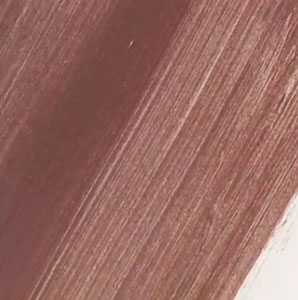
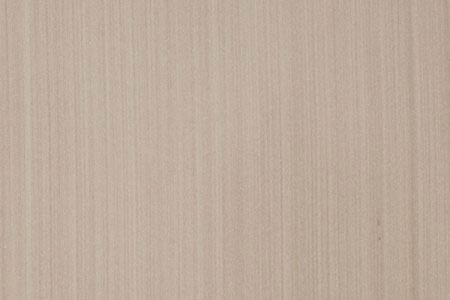

Provence or shabby chic style?
There is often confusion between the two styles, so let’s try to clarify.
Provencal style originated in the south of France, while shabby chic originated across the Channel and brings back the typical decorations of English country houses.
Shabby chic is characterized by pastel colors (although white often prevails) and an overtly romantic and nostalgic style (lace and lace, hearts and flowers). While shabby chic is also native to rural areas, it is much less rustic than Provençal. However, often the lines of the furniture look very similar to each other, but the final effect is another.
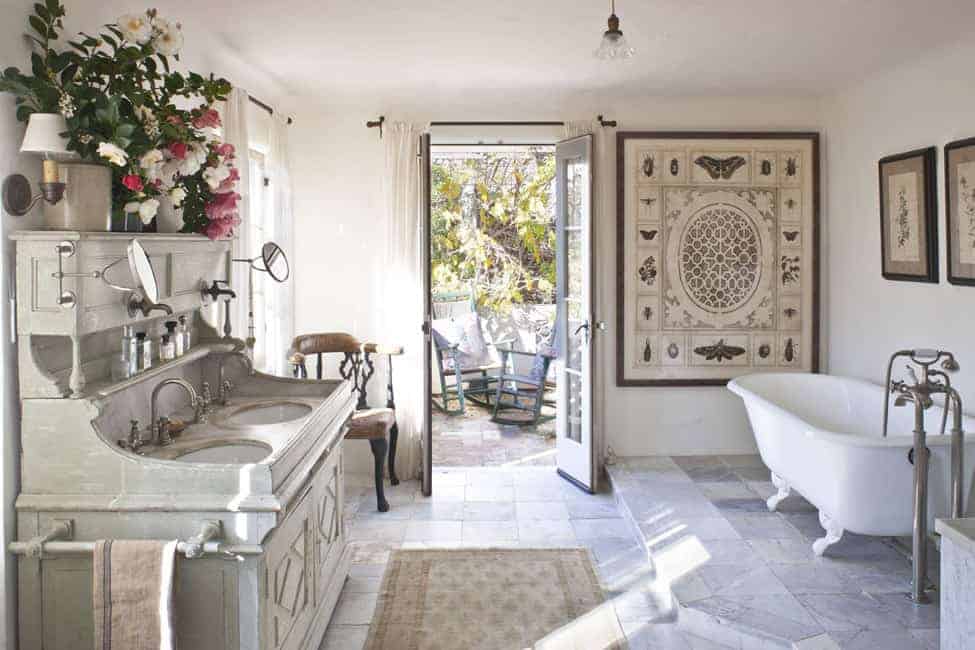
Giving a Provencal touch to the home: 5 easy-to-implement ideas
Even if we do not have a rustic parquet floor or a ceiling with exposed beams, we can characterize the house with a Provencal style by taking some simple steps.
1. Provence style: the walls of the house
We have already talked about the prevailing color shades, now let’s see how we can apply them on the walls of the house.
To always give a rustic look to rooms we can start with a coarsely finished plaster prepared with a coarse-grained sand. Or, if you have smooth plaster and don’t want to change it, we can work on painting it. For example, applying a sponged finish.
Also very suitable is the brushstroke technique, with which the typical streaks of wood can be reproduced.
2. Provence Style: furniture
In the Provencal style, furniture is not only functional for people’s daily lives, but also contributes to strongly characterizing the environment in which it is placed.
The essential and sturdy lines of the dining table, sideboard, console table or desk give prominence to these objects and help dictate the style of the home and reflect the taste of its inhabitants.
As we said, the main material is solid wood, with a natural finish and simple, handcrafted and manual processing. Depending on their function, Provencal furniture, can be complemented with other materials, such as marble and stone (countertops, sinks and basins), or wrought iron.
3. Provencal style: accessories made of natural fibers
Still referring to the country and therefore purely rustic style of Provençal taste, we cannot overlook one of the artifacts most commonly used in the past in farming activities, namely baskets , baskets and baskets made of natural fibers.
Today, as in the past, their function can be as a container, but also as a decorative element of the environment. It remains very much in vogue, in fact, basket wall art, which goes excellently with the Provencal style.
4. Provence style: fabrics
In the Provencal style, the fabrics that decorate the home also reflect a simple and rustic taste. There is little room for lace and lace, and preference is given to natural fibers such as linen, cotton and jute, with natural, understated colors. We can also find them commercially with simple floral decorations, in print or in relief work.
5. Provencal style: the table
Speaking of Provencal decor, we could not fail to mention the table and all the accessories that enliven it.
In Step 4 we have already discussed the fabrics that characterize the Provencal style. So starting from the already mentioned sober and essential style, for the table we can use the classic tablecloth, or a runner leaving part of the table surface exposed. We can also match underplates, perhaps made of natural fibers.
Another important component in a Provencal table is the tableware. They occur mainly with floral decorations. The material can be ceramic or enameled iron, but always with very simple lines reminiscent of traditional peasant kitchens.

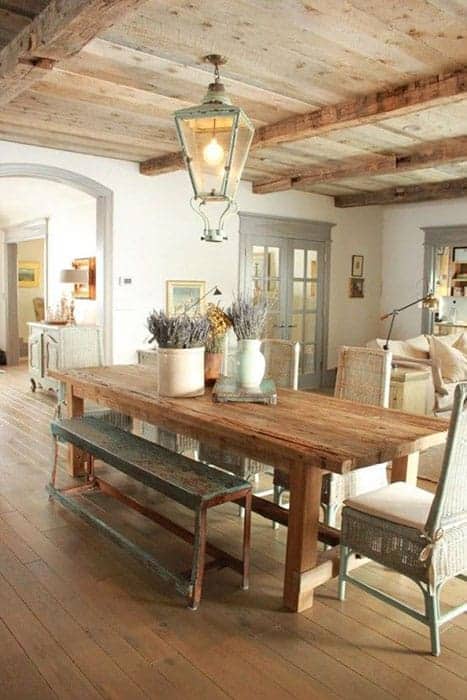

Conclusions
If we want to give our home a Provencal touch, we have many creative ideas from which we can start, applicable without excessive expense and in any existing context.
Another style of furniture you might be interested in is Scandinavian ( click here to read).



